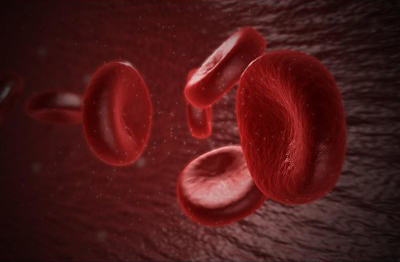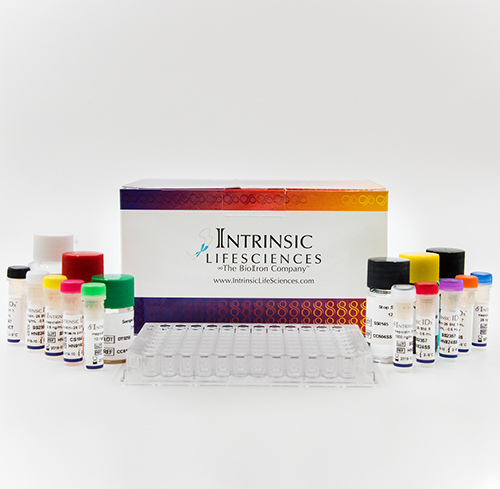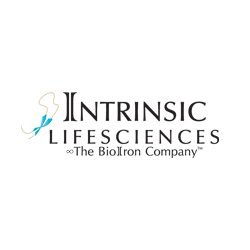
An improper amount of iron in your blood—whether too much, or too little—can be dangerous. This imbalance is also often a symptom of an underlying disease; but diagnosing that disease can be difficult.
The amount of hepcidin in the body can tell a doctor a lot about the cause of a patient’s iron imbalance. Hepcidin, a hormone that is produced by all vertebrates, is used to regulate iron absorption and availability in the body. Intrinsic Lifesciences developed one of the first tests to measure it.
“We are the go-to company for hepcidin testing,” says Dr. Eileen Westerman, CEO of Intrinsic Lifesciences (ILS) in La Jolla, California, “and this would not have been as obtainable without NIH’s assistance through the SBIR (Small Business Innovation Research) program.”
The company was founded by Drs. Mark Westerman and Vaughn Ostland, who noticed elevated levels of hepcidin in sick fish at a fish farm where they worked. That discovery eventually turned into an SBIR grant, funded by the National Institute of Diabetes and Digestive and Kidney Diseases, for a new company: Intrinsic Lifesciences. ILS seeks to be the world’s leading provider of in vitro diagnostics for anemia, iron overload diseases, and metabolic inflammatory diseases.
We are the go-to company for hepcidin testing and this would not have been as obtainable without NIH’s assistance through the SBIR program.

Since hepcidin controls iron absorption, doctors can test blood from anemic patients to see if they would respond well to oral iron supplements. Elevated hepcidin can also be a sign of a chronic infection, or chronic kidney disease. Iron-refractory iron deficiency anemia (IRIDA), a rare, inherited form of iron deficiency anemia, could once only be diagnosed through genetic sequencing; but ILS’s hepcidin test can now be a diagnostic tool for IRIDA as well, by detecting its characteristic elevated hepcidin levels.
“Hepcidin testing is really beginning to find its foothold in medicine,” says Ostland.
Next for the company is a test for erythroferrone, a hormone that regulates how much hepcidin is produced in the body—ILS believes “they should be measured hand-in-hand,” according to Ostland. Erythroferrone may also be involved in cardiac disease; the research is still ongoing. The erythroferrone research at ILS is also being funded by an SBIR grant.
“We’re staunch supporters of this program,” says Ostland. “If anyone asks me about the NIH Small Business program, I give them nothing but encouragement to apply.”







